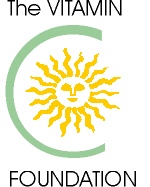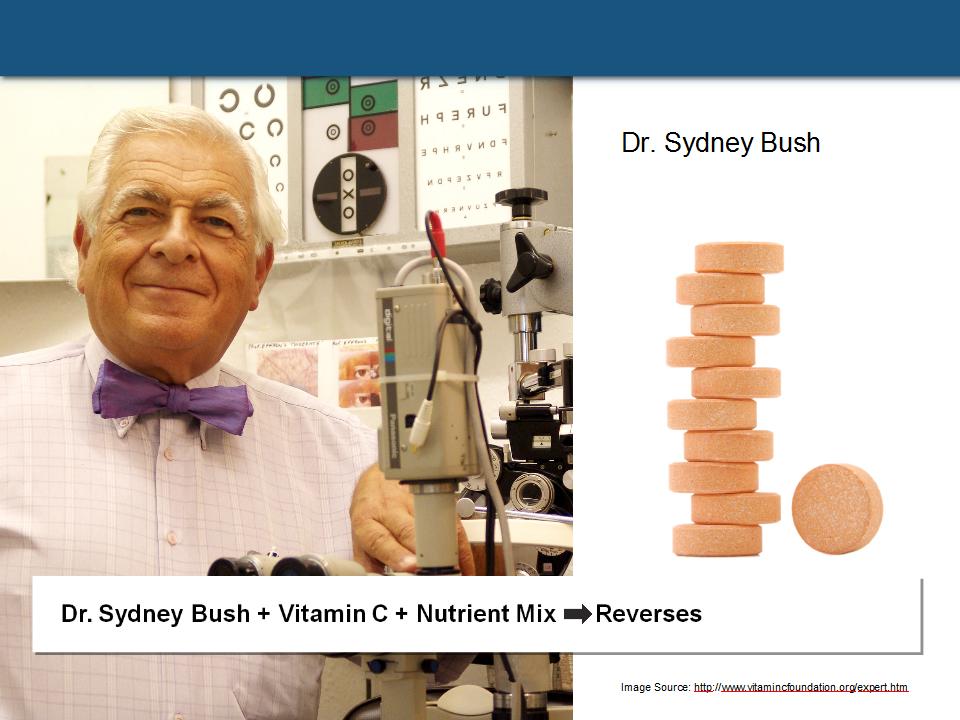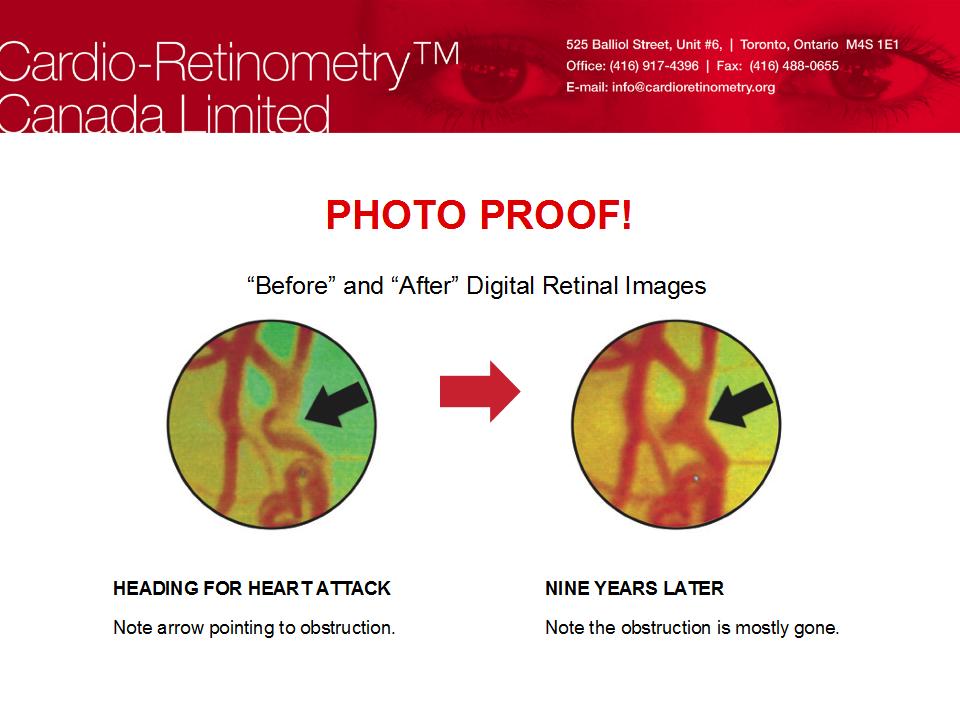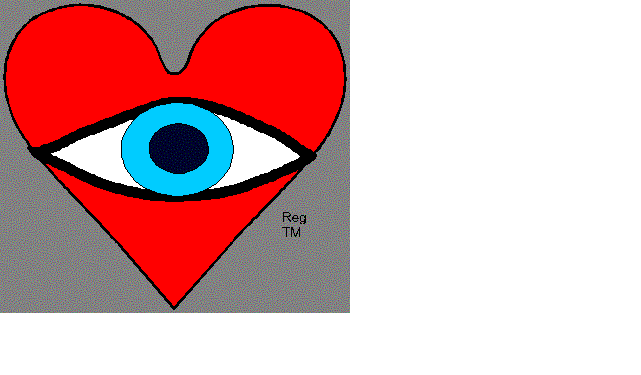Retinal photograph taken in 2002 (left) reveals artery disease
(vessel narrowing, drop out of some vessels). Retinal photo (right) taken in
2004 after daily vitamin C supplementation confirms arteries have
widened and some reappear.
The fuzzy appearance on the left is due to excess cholesterol and can disappear in some cases, in a few months.
But is the medical community ready
to embrace such a simple technology that would prevent much of the
cardiovascular disease being treated today? The worldwide figures are
staggering – 600 million have hypertension. The World Health Organization says
some 20 million strokes occur each year. Two million angiographies are
performed annually in the US. Virtually every adult over age 40 is at risk for
arterial disease. Angiography is much too expensive to be a screening tool (~$2000).
Dr. Bush’s retinal photographs could be a cost-effective breakthrough.
Insurance plans don’t pay for
retinal photos without an indication. But the public can afford to pay, out of
pocket, to have retinal photos taken during eye exams. Progression or
regression of pericorneal artery health and more seriously, retinal arterial narrowing can be monitored. It will take the
world some time to fathom what Dr. Bush has revealed.
Vitamin C Therapy Misunderstood
Mega-dose vitamin C has been
misunderstood, says Dr. Bush. With the revelation that vitamin C has a
half-life of about 30-minutes in the human body, a fact recently documented by
two other British researchers, Drs. Steve Hickey and Hilary Roberts of Manchester,
emphasize the need to take repeated doses of vitamin C throughout the day to maintain
blood concentrations. Hickey and Roberts book, Ascorbate: The Science of
Vitamin C (
www.lulu.com/ascorbate
), reveals vitamin C concentrations can reach many times
greater concentration than previously thought possible, a fact now confirmed by
National Institutes of Health researchers themselves in independent studies. A
more recent study, just published in the American Journal of Clinical
Nutrition, an analysis of nine previous studies, further confirms vitamin C
supplement users, those who consume more than 700 milligrams per day, have a
30% reduced risk for coronary heart disease compared to non-supplement users.
A report in 1992 mistakenly claimed that more than 200 milligrams of daily
vitamin C is worthless because excesses are excreted in the urine. That errant
report has likely resulted in the otherwise avoidable loss of millions of
lives.
It began in 1998
Dr. Bush began utilizing advanced retinal photographic
technology in 1998. He claims every human being has a degree of scurvy, if not a frank deficiency
of vitamin C. Animals produce their own vitamin C and don’t –at least until life’s end –seem to develop
age-related
arterial disease as do humans, Dr. Bush notes. Small
aneurysms, bulging areas that indicate weak artery walls, can also be reversed
with vitamin C. This suggests many thousands of cases of brain or aortic
aneurysms can possibly be remedied with supplemental vitamin C. After a time
Dr. Bush judged that over 90% of patients with arterial disease can be improved
with 3000 milligrams of vitamin C per day, but some need over 10,000mgs/day
supplemented with extra vitamin E. Even hard calcifications could be remedied
over a two-year period of vitamin C supplementation. Dr.
Bush says he can even visualize a fine white line, a silver wire appearance,
that runs down almost every artery of adults who have high cholesterol. The
silver line disappears with vitamin C therapy.
Dr.
Bush’s CardioRetinometry Logo
Dr. Bush has already been the
victim of some dirty tricks, in this case a false accusation that he placed the
name of a physician on one of his CardioRetinometry brochures without the
doctor’s permission, but that allegation soon disappeared. He fears
cardiologists will retaliate in some fashion over a technology that could turn
many of them into cab drivers. Dr. Bush has been interviewed on television and
radio and his website (
http://www.hullcontactlensclinic.co.uk/cardior.htm
) has been flooded with inquiries. He mulls over how
entrenched medical authorities will attempt to maintain the status quo. One
approach could be the upcoming limitation on doses of vitamins and minerals now
being established by a world trade body called Codex. If Codex can limit
vitamin C pills to no more than a few milligrams, it will be more expensive to
practice vitamin C therapy.
Dr. Bush doesn’t anticipate the
medical profession to readily begin taking retinal photographs and prescribe
vitamin C. But the public can choose to have photos taken and evaluate vitamin
C therapy on their own. Maybe patient-driven medicine is just what is needed,
he says. Dr. Bush claims when Dr. Linus Pauling’s book, Vitamin C And The
Common Cold, was published in 1970, vitamin C consumption rose by 300% and
the rate of cardiovascular disease began to decline thereafter. It could
happen all over again, says Dr. Bush, to an even greater extent. Imagine a
world without the plague of cardiovascular disease. It now appears within
reach. ####
Contact: Owen R. Fonorow, Co-founder
The Vitamin C Foundation
P. O. Box 73172
Houston, Texas 77273
1-888-443-3634 Tollfree in USA
Agents for Hearteries ® brand nutrients.
"Hearteries® " is the registered trade mark
of Dr. Sydney J. Bush DOpt.,PhD.
for nutrients and educational matter in
CardioRetinometry® EU(Reg US.Pat+)
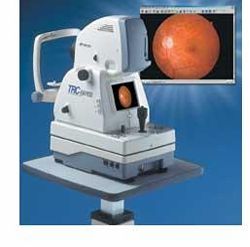 But when eye researchers revealed
this past July in the British Medical Journal that narrowing of small arteries
at the back of the eyes precedes the development of high blood pressure, it
opened up a new non-invasive way of detecting systemic artery disease. Retinal
photos could detect hypertension long before blood pressure rises. But what
are doctors to do with this discovery? Prescribing medications to adults before
they actually develop hypertension would not be advisable.
But when eye researchers revealed
this past July in the British Medical Journal that narrowing of small arteries
at the back of the eyes precedes the development of high blood pressure, it
opened up a new non-invasive way of detecting systemic artery disease. Retinal
photos could detect hypertension long before blood pressure rises. But what
are doctors to do with this discovery? Prescribing medications to adults before
they actually develop hypertension would not be advisable.
